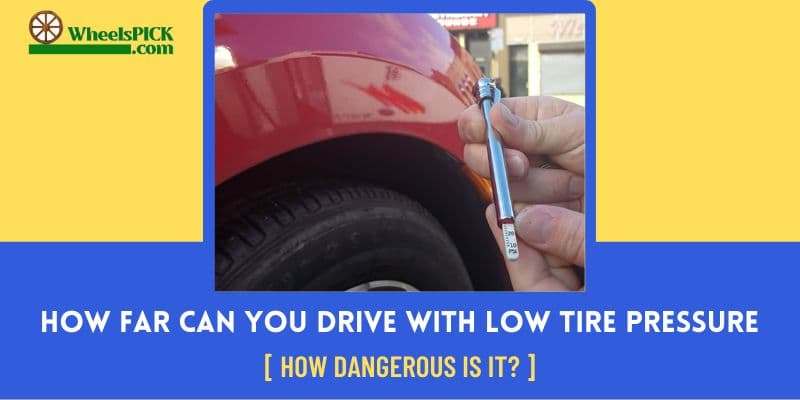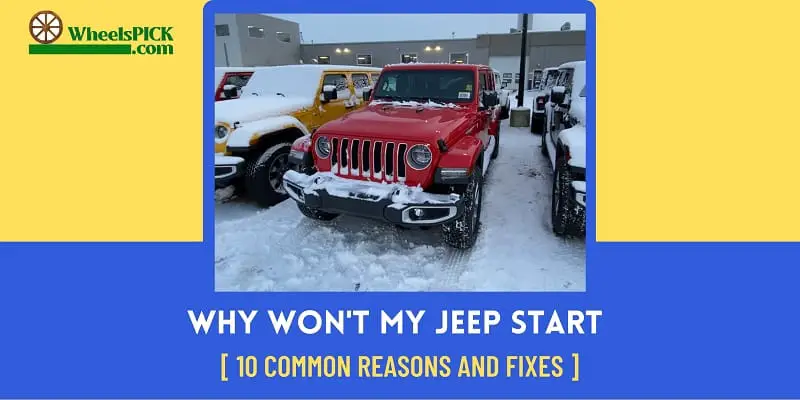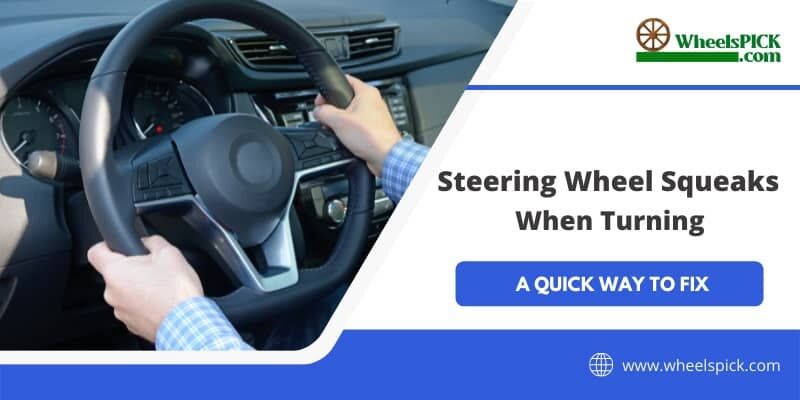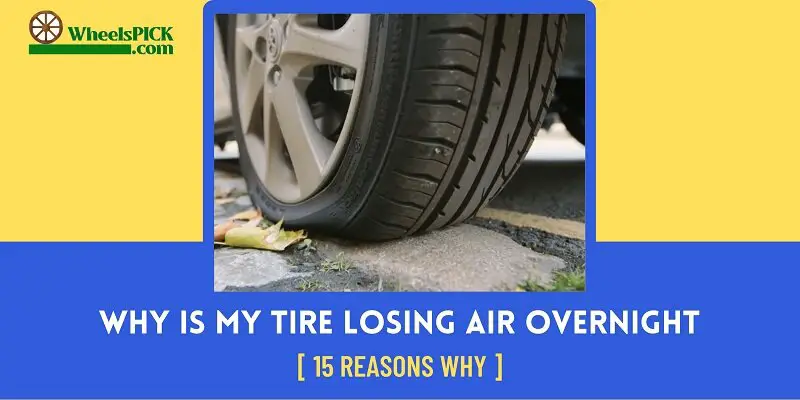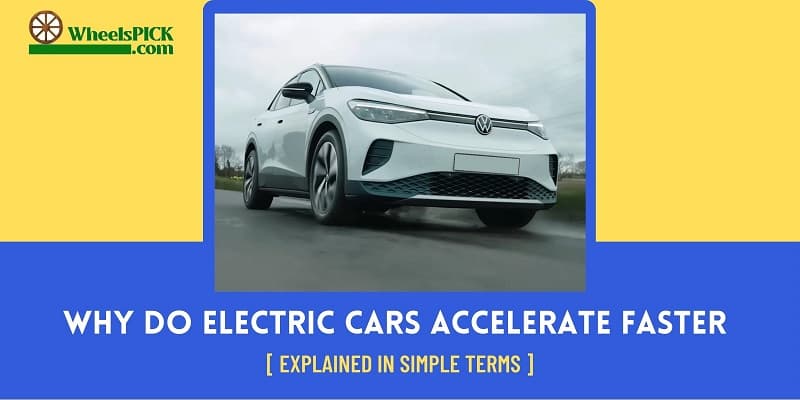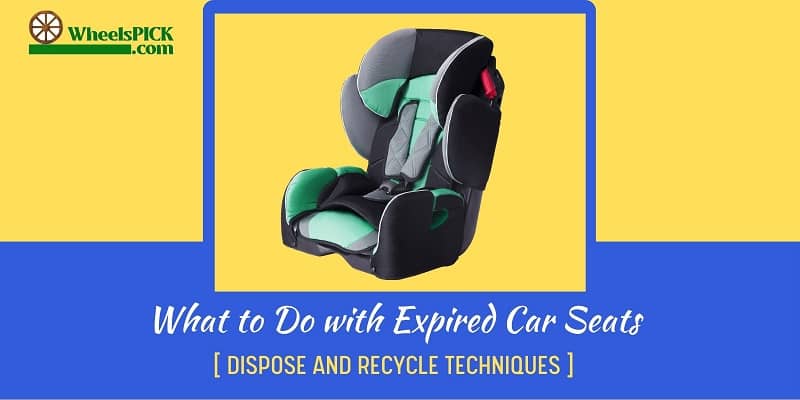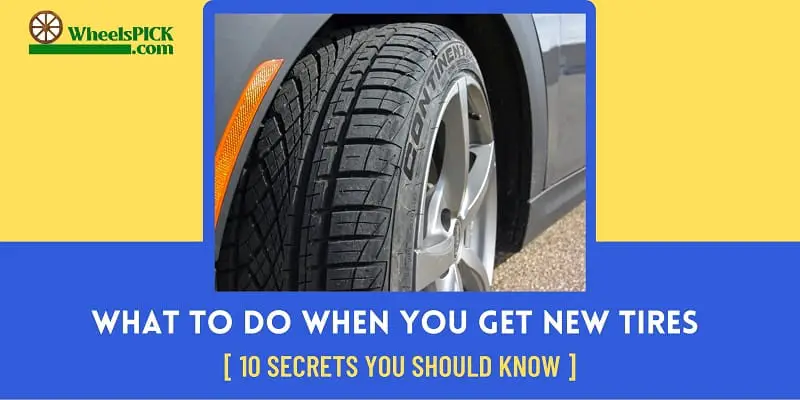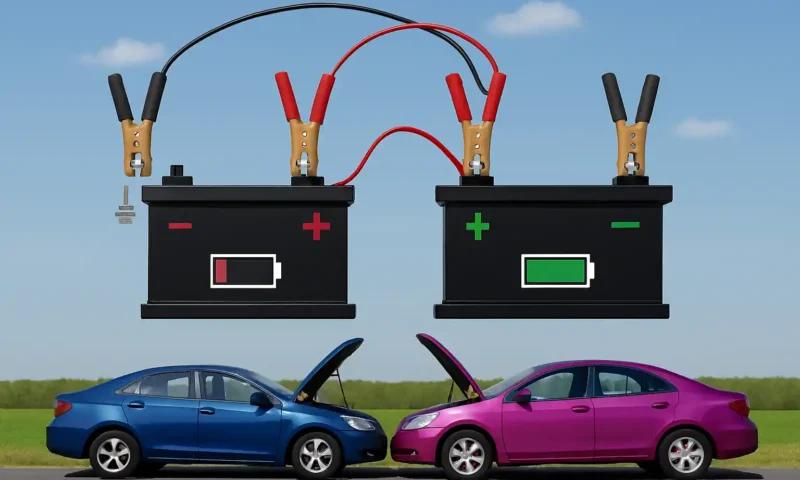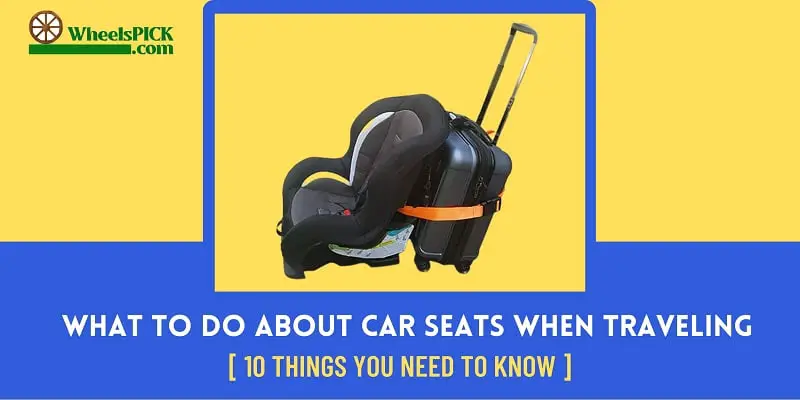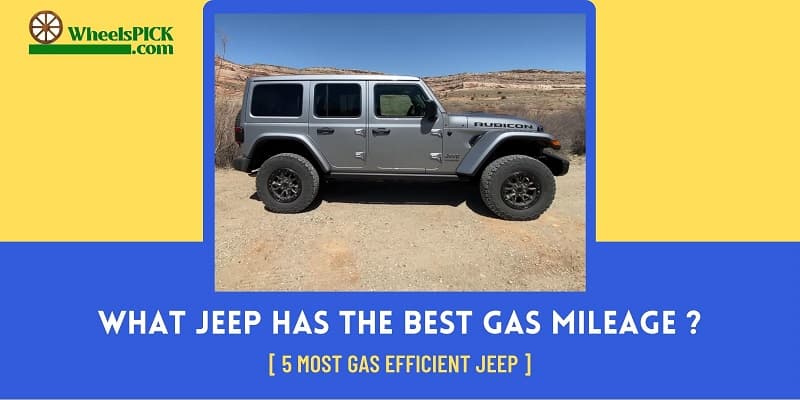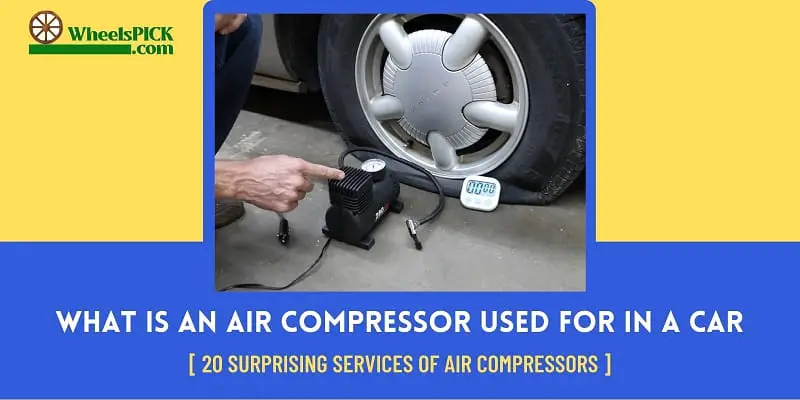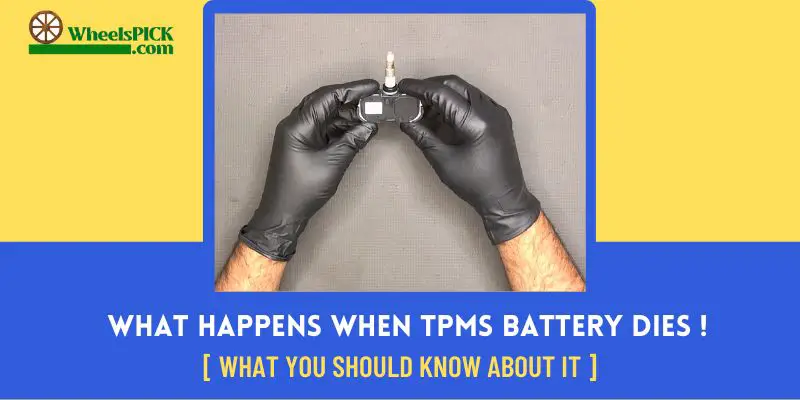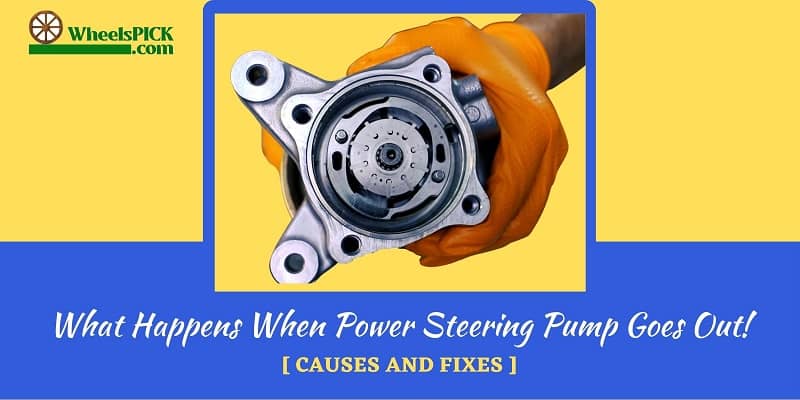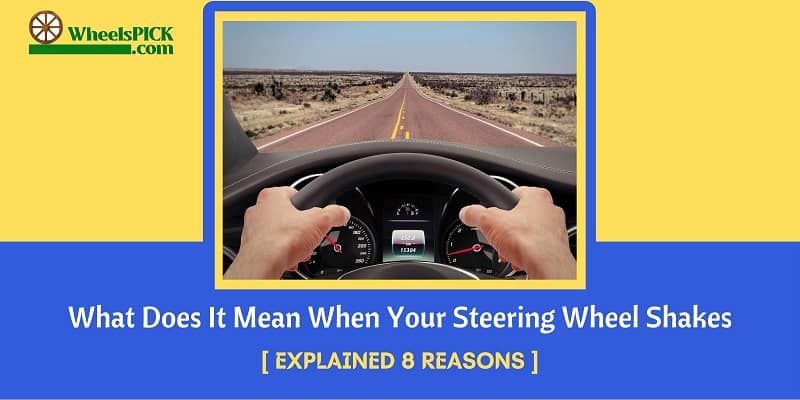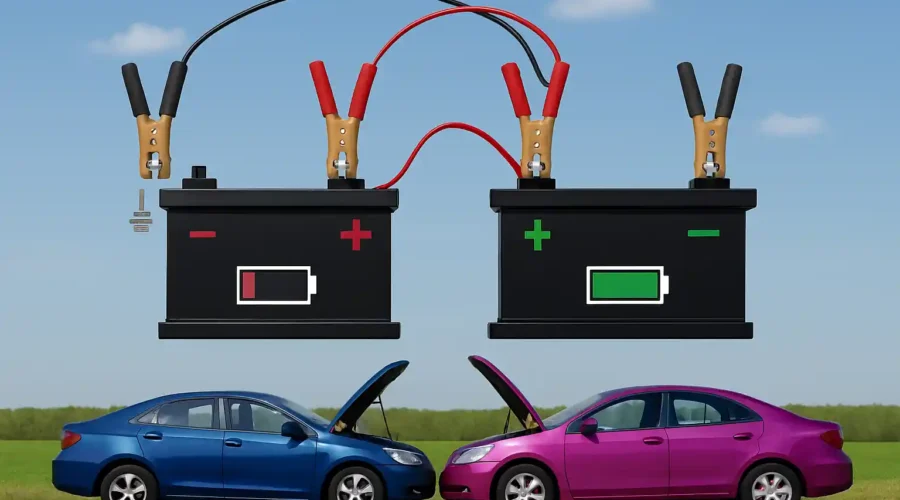A flat tire is a riding hag for every vehicle owner. Especially when you are not having an extra tire to replace the flat one, it becomes a trouble. Moreover, a flat tire can ruin the whole riding experience on a long trip. It is also dangerous to ride with a flat tire. Riding with low tire pressure will make your tire hot. Eventually, your tire will blast and cause a terrible accident.
So, if you are a car owner, you might be curious about the driving distance with low air pressure. In this article, you will provide all the answers to how far you can drive with low tire pressure.
Stick around to the rest of the article to learn more in detail. So, without wasting time, let’s get started.
What Is the Lowest Tire Pressure You Can Drive On
Experts recommend having 32 psi to 35 psi tire pressure. But the lowest tire pressure range to drive on is 20 pounds per square inch. Less than that is considered a flat tire and can damage your car, steering, and suspension. In addition, there is a high chance of a blowout if your tire has less than 20 psi air pressure.
How Far Can You Drive with Low Tire Pressure?
Most vehicles have TPMS or tire pressure monitoring systems on their tires. When the air pressure gets significantly low in one of the tires, it sends a signal to the dashboard. As a result, the low-pressure indicator lights up. Having a tire pressure under 20 psi is very bad for your car. But, if you don’t have an extra tire to replace, you have to ride with a flat tire.
The driving distance with low tire pressure mainly depends on two things. One of them is surface type. The other one is the temperature of the atmosphere. So, keep skimming, as we are about to start.
Surface Types
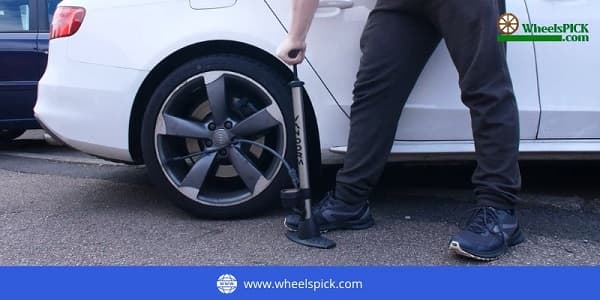
In general, with a good tire, a car’s mileage is different on different types of surfaces. Your driving distance on clear asphalt is always different from on rough terrains. So, surface type is also a significant concern while driving with low tire pressure.
- On Clear Asphalt: You can drive the farthest distance with low tire pressure on clear asphalt. The recommended distance is at most 50 miles or 80.467 kilometers. On clear pavement, you can maintain a speed of 40 to 60 kilometers per hour. But driving at a higher speed is very dangerous, even with 28 psi tire pressure. As most cars require 32 to 35 psi tire pressure, below 30 psi is a low tire pressure.
- On Sand: Tires with low pressure works well on sand. Isn’t it surprising? There is no exact number for the driving distance on the sand. But, if you ride slowly, you can drive a reasonable distance with low tire pressure. Try not to push for more than 30 to 40 minutes. Moreover, keep the speed between 20 km/h to 35 km/h on soft sand. Driving for a more extended period causes tread wear. Even your tire can get fully flat due to tread wear. Read this article to know more about sand driving.
- On Rough Terrains: The distance reduces drastically on rough terrains with a low-pressure tire. When you are driving through mountains and the countryside, your tire faces many obstacles. So, having low tire pressure while driving in the countryside or on rough terrains causes devastating damage to your tire and car. We recommend not crossing more than 8 to 12 miles with a flat tire. Otherwise, you will end up adhering somewhere.
- On Wet Roads: Driving on wet roads with a flat tire is like playing with death. Low-pressure tire loses a good amount of traction between the pavement and tread. Moreover, driving gets trickier on wet roads with less tire pressure. So, do not drive more than 30 to 40 miles on wet surfaces or on a rainy day with flat tires. Additionally, keep your speed between 20 to 30 kilometers per hour.
The Temperature of The Atmosphere
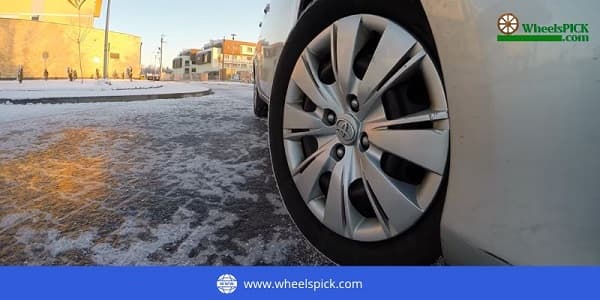
The temperature has effects on tire pressure and driving experience. Driving with low tire pressure increases heat into the tire, so more extreme heat will cause the tire to blow out. As a consequence, mileage with flat tires varies in different seasons.
- Summer Season: In the hot summer season in America, the temperature increases drastically. As a result, the temperature of the pavement also rises. So, riding with a 20 psi or less tire pressure makes the tire so hot. Eventually, the tire blowout because of the high temperature. Hence, on a hot summer day, you must not drive more than 35 to 40 miles with flattened tires.
- Rainy Season: Rainy season keeps the pavement wet most of the time. So, it remains slippery. Driving on it with a flattened tire increases the chance of a terrible accident. Stay within 30 to 40 miles of distance with a low-pressure tire in the rainy season.
- Winter Season: Snow-covered road is another name for danger while driving with flattened tires. Snow creates a layer over the pavement. This ice layer decreases the traction. Also, low temperature makes the tire lose air. Ultimately the situation gets complicated in winter with low tire pressure. Try to drive less than 25 to 30 minutes with flattened or less tire pressure. As advised, you can try out winter tires for better mileage, even with low tire pressure.
Frequently Asked Questions (FAQ’s)
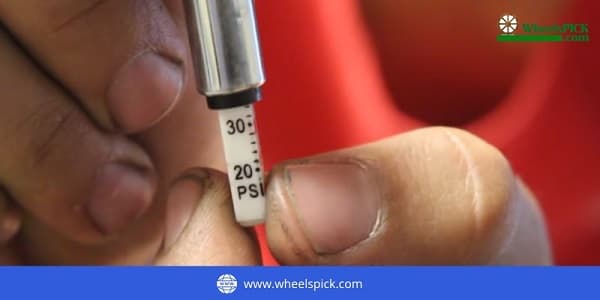
Q1. What Is the Recommended Tire Pressure for My Vehicle?
A) Tire pressure varies from vehicle to vehicle. So, the recommended tire pressure depends on what kind of vehicle you own. For passenger cars, the ideal tire pressure is 32 to 35 psi. For an SUV, the recommended tire pressure is 40 to 42 psi. But if you are an owner of a truck, keep your tire pressure between 50 to 60 psi. Additionally, larger trucks require up to 105 psi tire pressure.
Q2. How to Tell if My Tires Are Low on Air Pressure?
A) Several signs indicate low tire pressure. The easiest way to tell is by looking at the dashing board. If your tire pressure indicator lights up, it means low tire pressure. Also, a flapping sound while driving, weird turning, and longer braking time indicate low air pressure.
Q3. What Are the Risks of Driving with Low Tire Pressure?
A) The terrifying thing that can happen is a tire blowout. Moreover, when your tire gets slightly flat, it causes friction. This friction increases the air temperature of the tire. Eventually, your tire tread gets severely damaged. In addition, it can also cause tread separation. As a result, you will lose control, and a horrendous accident will occur.
Q4. How Far Can I Drive with Low Tire Pressure Before Needing to Fill Them Up?
A) You can go up to 50 miles or 80.47 kilometers on the clear pavement with low tire pressure. But the recommended distance gradually decreases under different conditions. For example, you can drive no more than 10 miles on rocky roads.
Q5. Is It Safe to Drive with a Tire That Has a Slow Leak?
A) A slow leak can cause a flat tire eventually. Also, driving at a higher speed with a slow leak is very risky. You can quickly lose control over your tire. Also, turning and braking become trickier with a leak on the tire. So, fix any kind of leakage to avoid an accident. Also, the use of an air compressor can inflate your leaked tire for a shorter time.
Q6. Are There Any Warning Signs That Indicate My Tires May Be Low on Air Pressure?
A) If your tire is low on pressure, you will face particular difficulties in cornering. Also, the tire will make whomp-whomp noise while driving. Another warning sign you will notice from the dashboard. The TPMS light will come up.
Q7. Can I Fill Up My Tires at Any Gas Station, or Do I Need Special Equipment?
A) You can fill up your tires at a gas station. Most gas stations have air pumps or compressors to refill the air in your tire. But first, check your tires with a pressure gauge. Do not make your tire over-inflate. Ensure to have the proper tire pressure.
Q8. What Should I Do if I Notice One of My Tires Is Low on Air Pressure While Driving?
A) Inflate your tire if you notice a tire is low on pressure. Inflate it until it reaches 32 psi. Then drive for a little bit to check. Also, notice the tire pressure indicator. If the light is not flashing anymore, you are OK to go.
Final Verdict
That’s all for today. We anticipate the article has delivered you the proper feedback on how far you can drive with low tire pressure.
At some point, most drivers have faced a low tire pressure problem. Driving on a flattened tire is not expected at any point. But some drivers ride with low air pressure due to a lack of tire replacing skills or extra tires. So, as you know about mileage and the time limit of driving with flat tires, you can handle any situation.
Till next time! Happy driving.

